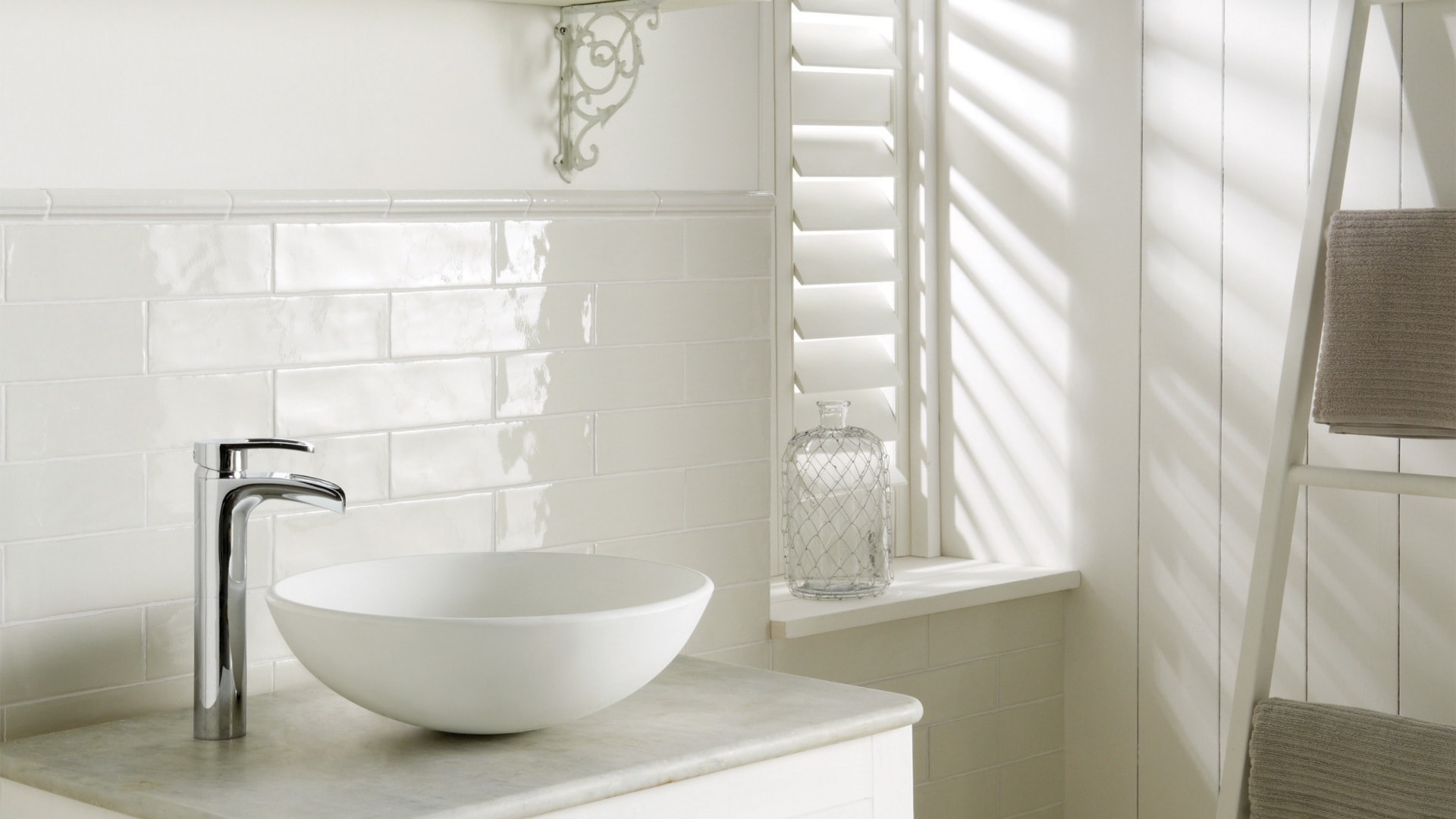Recently we’ve discussed some of the many ways to make your house more energy efficient. Not only is this simply a smart move, it’s a great way to attract the attention of the new, environmentally conscious home buyer. If you’re thinking of selling your house, preparing can go far beyond the garden variety property styling services offered by your home stager. In this market, it’s helpful to incorporate a few fairly inexpensive projects to boost your home’s R-factor and some of those ideas are as old as dirt.
Keep in mind that today’s buyers are keen on saving money – they have probably been doing so religiously for years in order to afford the deposit on a house in the first place. However, this notion of cash-stashing comes as second nature to the millennial buyers who have many other, better ways to spend their money than on electricity bills. They are frugal, and that’s a good thing for them and their lifestyle choices
In the dead of winter it may be difficult to recall that our biggest energy user-upper is the cooling system we use to keep our house comfortable in the summer months. If you are planning to sell your home when spring comes to the land down under, it’s worth taking some time to plan upgrades that help your house to stay cool without escalating the electricity bill. One way to do that is to consider how Granny and Gramps managed before the days of heat pumps.
Awnings – those cute little striped awnings we sometimes see on vintage shops — were actually meant to be useful. The very best way to keep your house (or barbershop) comfortable in the dog-days of summer is to keep the heat outside in the first place. Shade is an idea whose time has come again.
We are seeing a resurgence of shading awnings and overhangs as heat-busting measures in new construction. They are simply meant to keep the blistering rays of the sun away from the windows while preserving the views you love so much. Extended rooflines and the occasional addition of a pergola “awning” over the deck can help shield your home from the very destructive consequences of unfettered solar exposure.
Shutters were once the norm. These acted a bit like storm windows to protect from the elements. They were moderately effective in keeping the heat away from the home’s interior. Sadly, though, they also blocked the natural light. Today, shutters are still available. Some even have technology on their side. Check out the windows with blinds built in. There are even windows that act as sunnies for your house. If you’re bold enough, consider installing one of the many window films available today to reflect heat away but let the light inside. Those professionals who provide property styling services tell us that these films are becoming more and more effective and easy to install. Give them a try.
The direct exposure to the sun can undermine your housing investment. Cladding, whether wood, aluminum or even steel, deteriorates very quickly when it’s under constant assault by the sun. Lovely new decks and porches can also quickly show the signs of sun exposure. Untreated wood will practically disintegrate before your very eyes. A sun shield can save big energy bucks down the line while making your outside living spaces more…well…liveable.
Today’s aftermarket manufacturers have created all manner of awnings and sun-sail shade products that can instantly cool down your porch. In adding such shades, you can also keep the heat outdoors and away from your indoor living areas as well.
Back in Granny’s day, much attention was paid to where and how a house was situated in relation to the sun. Houses were carefully placed to take advantage of cooling breezes and the gracious shade from mature trees. Today, it’s a bit more difficult to bring these natural elements to bear. It’s not impossible, however. Swapping stationary windows with ones meant to open can help you bring the breezes, however illusive, into your home. With the addition of strategically placed ceiling fans, you can approach the cooling solutions of yesteryear.
Looking to the future for answers to contemporary problems is a fine thing, but we shouldn’t neglect the old answers to those old problems. Looking backward can also provide some appreciation of past innovations. While Granny didn’t have access to property styling services, she did have some common sense. Borrow a bit as you consider your home’s energy efficiency.
Image courtesy of Original Style.




